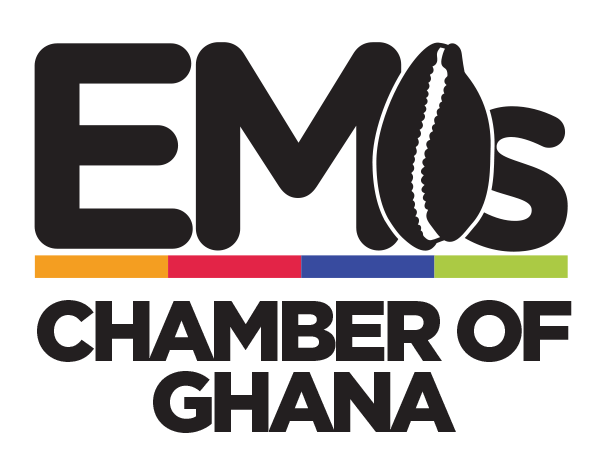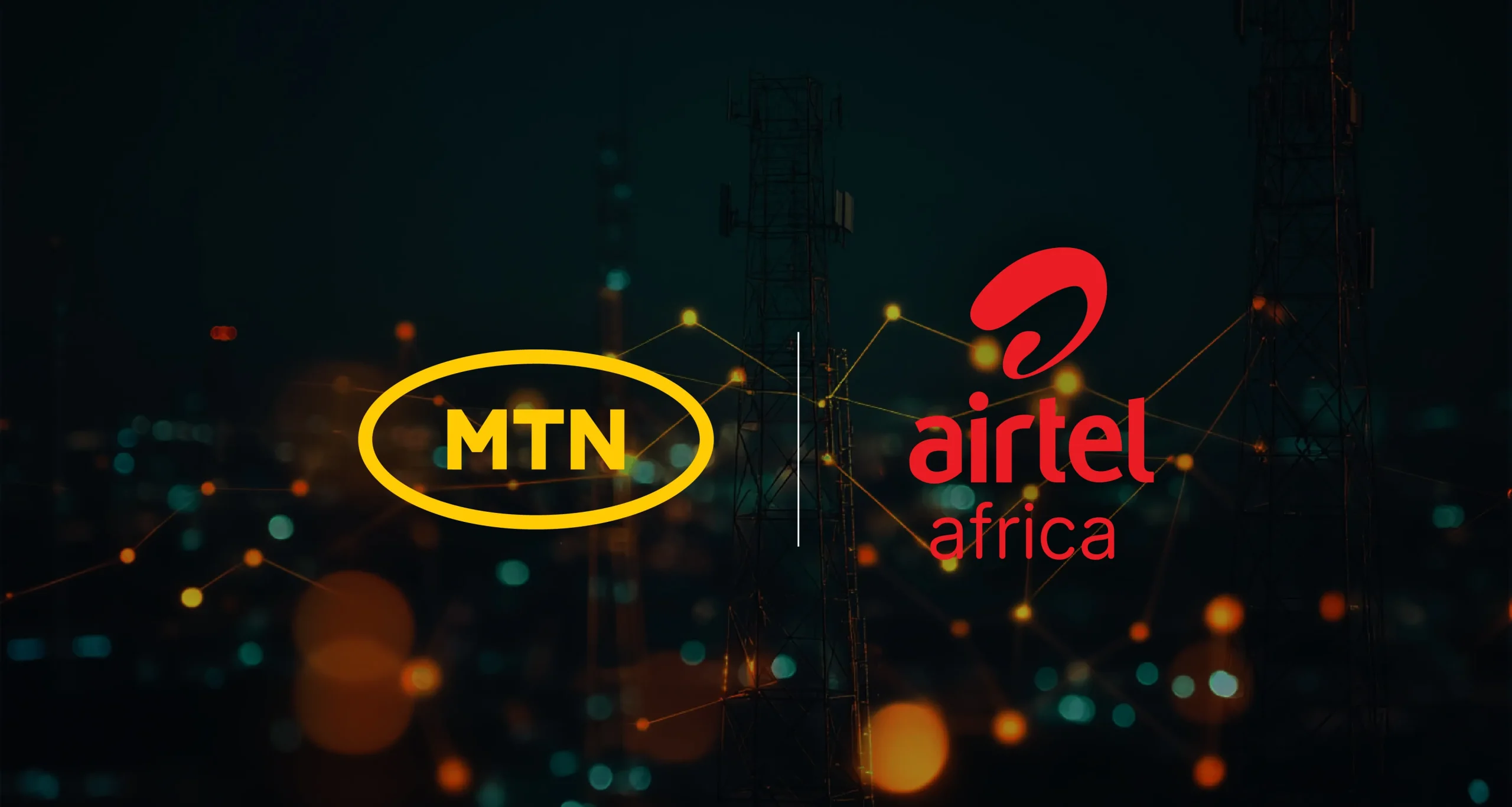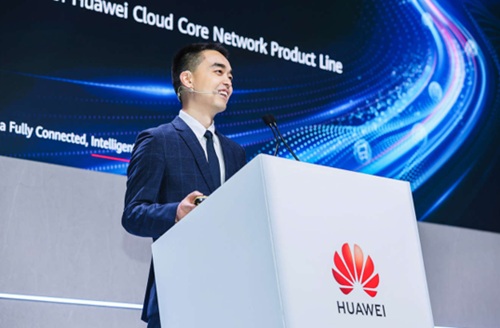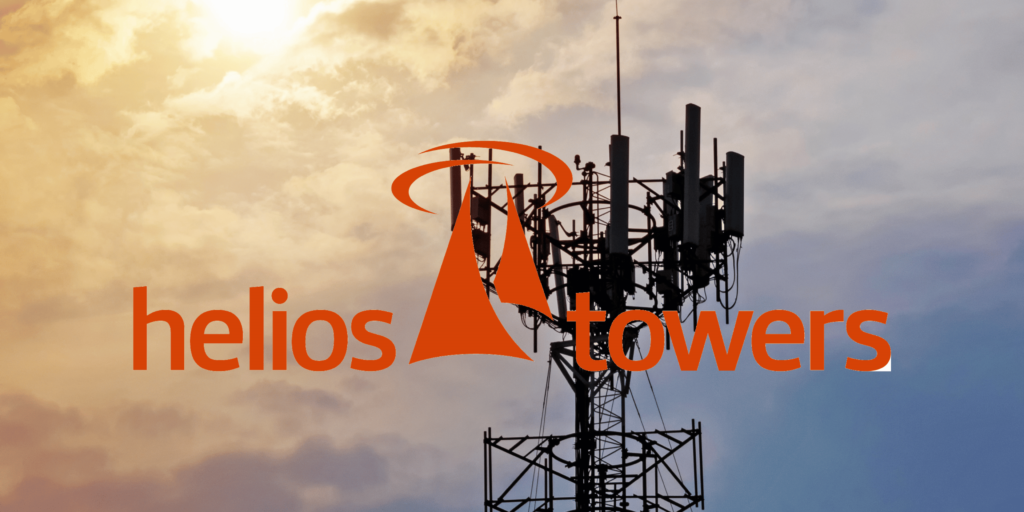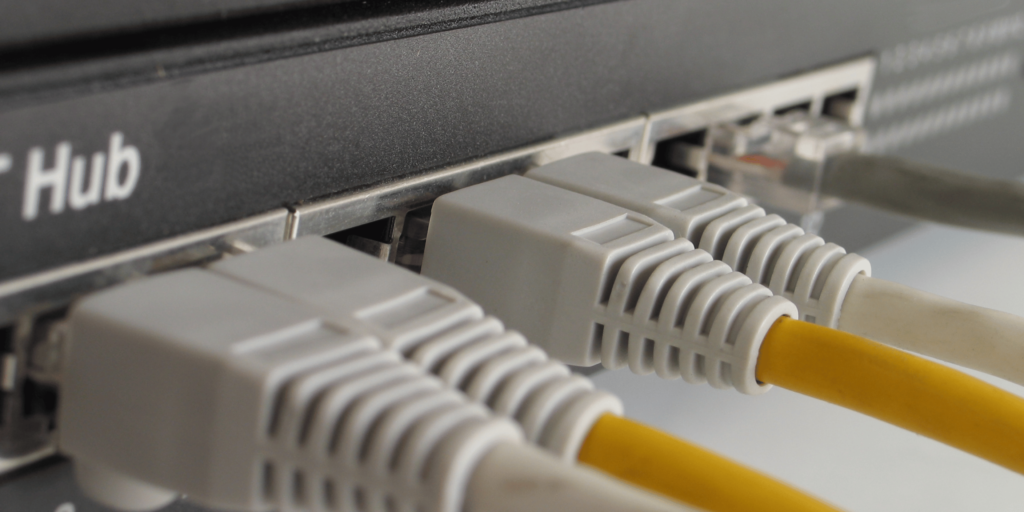By the end of 2023, Sub-Saharan Africa had 320 million mobile internet subscribers; a 27% penetration rate. This data was provided in an October 2024 report released by GSMA.
Mobile internet access continues to be a major challenge for many people across Africa, with millions of individuals unable to fully benefit from the service despite being within coverage areas.
GSMA’s The State of Mobile Internet Connectivity Report 2024 revealed that Africa has the largest gap in mobile internet usage globally, with 60% of people in areas covered by mobile networks not using the service. This equates to around 710 million people who have network coverage but don’t use mobile internet. Moreover, 160 million people, or 13% of the African population, have no mobile network coverage at all, leaving them without access to the service.
“A range of reasons explain why people are not adopting mobile internet despite living in areas covered by mobile broadband. Key factors include lack of awareness of mobile internet and (once aware) not being able to afford an internet-enabled phone, and lack of literacy and skills,” the report read. Even those who are aware of mobile internet face obstacles such as security concerns, high costs, connectivity issues, and a lack of understanding about the benefits of the service.
The document drew a list of countries with the largest number of people not connected to mobile internet by the end of 2023:
Nigeria
120 million of people out of Nigeria’s 223.8 million inhabitants are do not have access to internet. This represents 53.6% of the population. However, the Nigerian Communications Commission (NCC) revised the figures, stating that as of November 2024, there are 136 million mobile internet subscribers, leaving around 88 million people without access. This number might be slightly overestimated due to the prevalence of multi-SIM use, where a single individual may have multiple SIM cards.
The Nigerian government is working on increasing internet access as part of its digital transformation strategy. The country aims to achieve 70% broadband penetration by 2025, investing in infrastructure such as the deployment of 90,000 km of fiber optics and leveraging satellite providers like Nigcomsat and Starlink to expand coverage.
Ethiopia
100 million people in Ethiopia—79% of the population—lack mobile internet access, according to the GSMA. The government is actively working to improve internet access by modernizing infrastructure and raising awareness of the importance of digital literacy. The Ethiopian government also collaborates with neighboring countries to improve connectivity in remote areas and ensure equitable access to the internet.
Egypt
The GSMA reports that 55 million people in Egypt lack mobile internet access, or about 48.8% of the population. The government is working on expanding access through various initiatives aimed at building a “digital Egypt,” which includes improving ICT infrastructure and fostering digital inclusion.
Tanzania
In Tanzania, 40 million people—59.4% of the population—are not connected to mobile internet. The government is investing in national digital infrastructure, including 636 new telecom sites to enhance access across the country. The goal is to connect 80% of the population by 2025.
DRC
In DRC, the GSMA estimates that 40 million people remain offline, despite a population of 102.3 million, or 39.1% of the total population. As of December 30, 2023, the country had about 30 million mobile internet subscribers, according to the Congolese Regulatory Authority for Post and Telecommunications (ARPTC). The government is pursuing a strategy to develop quality digital infrastructure to support the country’s digital transformation. This includes exploring satellite technology to provide nationwide coverage, with meetings held with satellite operators Monacosat and Thales in recent weeks. On February 6, the government signed a memorandum of understanding worth $1 billion with Indian company General Technologies, which could lead to the expansion of the mobile internet network.
Kenya
In Kenya, 35 million people still lack access to mobile internet, according to the GSMA, in a country with a population of 55.1 million. The Communications Authority of Kenya (CA) reported 53.7 million mobile internet subscribers as of September 30, 2024. President William Ruto has made digital technology central to Kenya’s socioeconomic development. The government plans to lay more than 100,000 kilometers of fiber-optic cables, establish 25,000 public Wi-Fi access points, and create digital villages in all 1,450 districts across the country. In April 2023, the World Bank committed $390 million to fund the first phase of Kenya’s digital economy acceleration project.
Sudan
In Sudan, 35 million people are without mobile internet, in a population of around 48.1 million, as estimated by the GSMA. Internet access in Sudan is heavily impacted by the country’s security situation, with authorities often cutting off services for varying lengths of time, and infrastructure damage due to conflicts disrupting access. However, the World Bank’s “Digital Economy For Africa – Diagnostic Assessment For The Republic of Sudan” report highlights an opportunity for Sudan to begin its digital transformation by focusing on infrastructure development and skill enhancement. The report recommends investing in terrestrial fiber routes and diversifying connections to neighboring countries like Ethiopia, South Sudan, and the Central African Republic, as well as improving rural and border coverage. The government is also urged to establish a neutral data center and a secondary internet exchange point (IXP).
Uganda
In Uganda, 30 million people lack mobile internet access, according to the GSMA, in a country with a population of 48.6 million. The Uganda Communications Commission (UCC) reported that the number of active mobile internet subscribers stood at 19.5 million by the end of December 2024. To boost digital transformation and economic recovery, the Ugandan government is focusing on expanding internet access. In March 2023, it secured 1.8 trillion Ugandan shillings from the World Bank and a $150 million loan from the China Eximbank to support this initiative. In August 2023, the government reduced the cost of public internet access from $70 to $35 per month, with plans to cut it further to $5 within a year.
Source: Ecofin Agency
